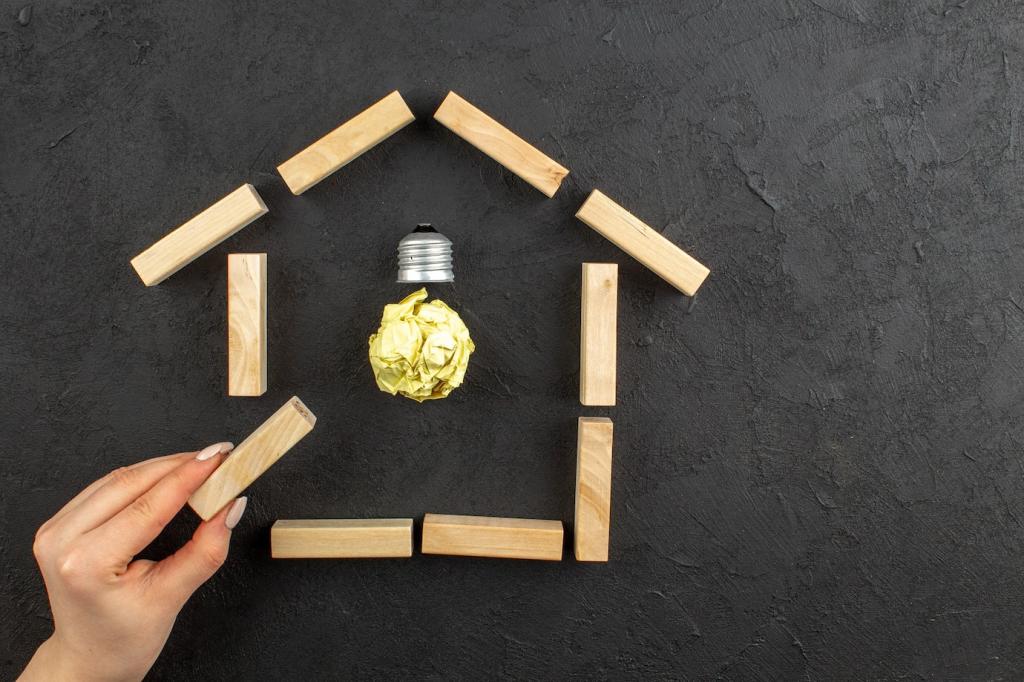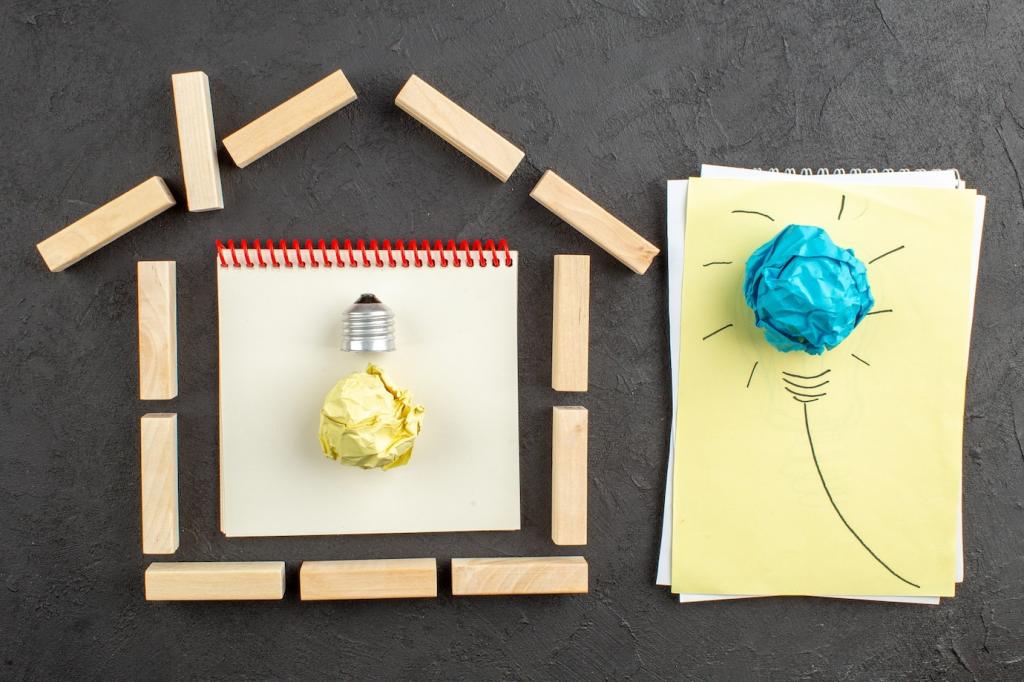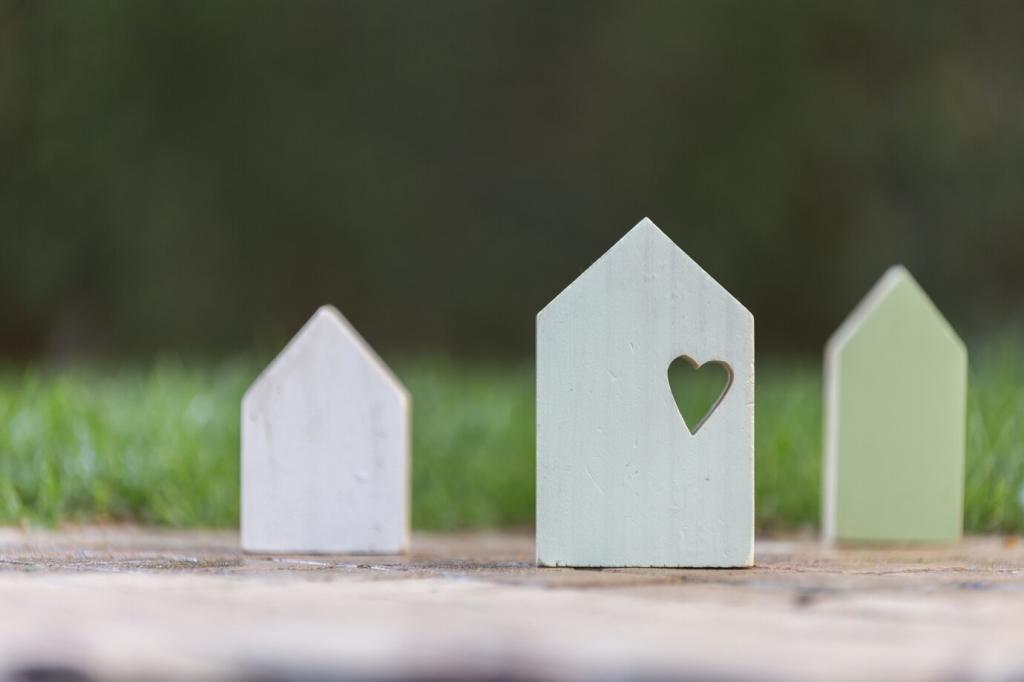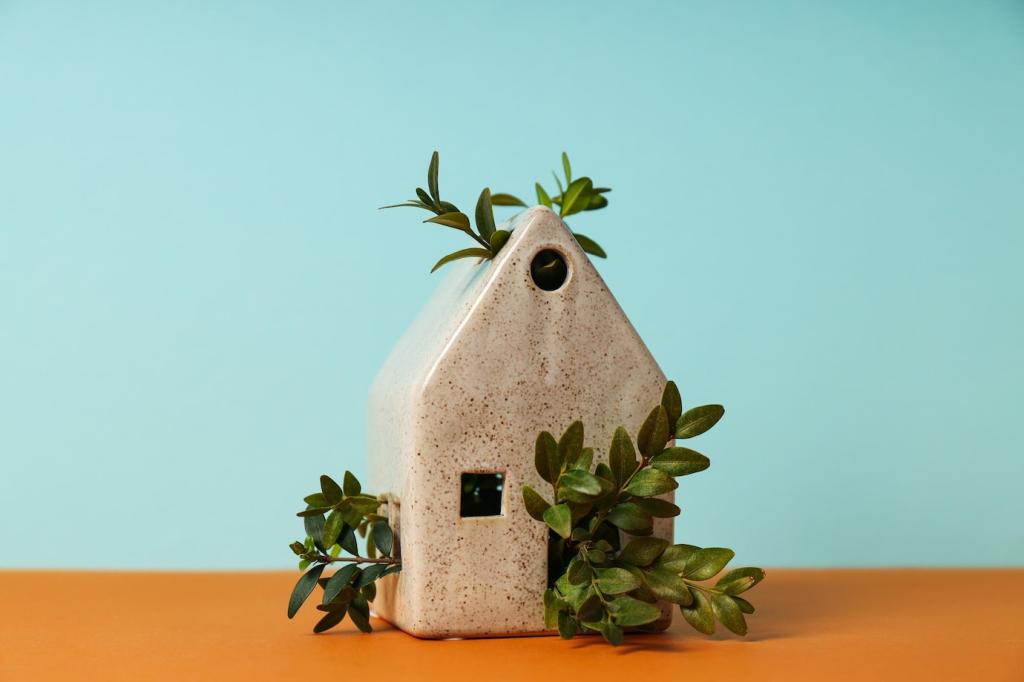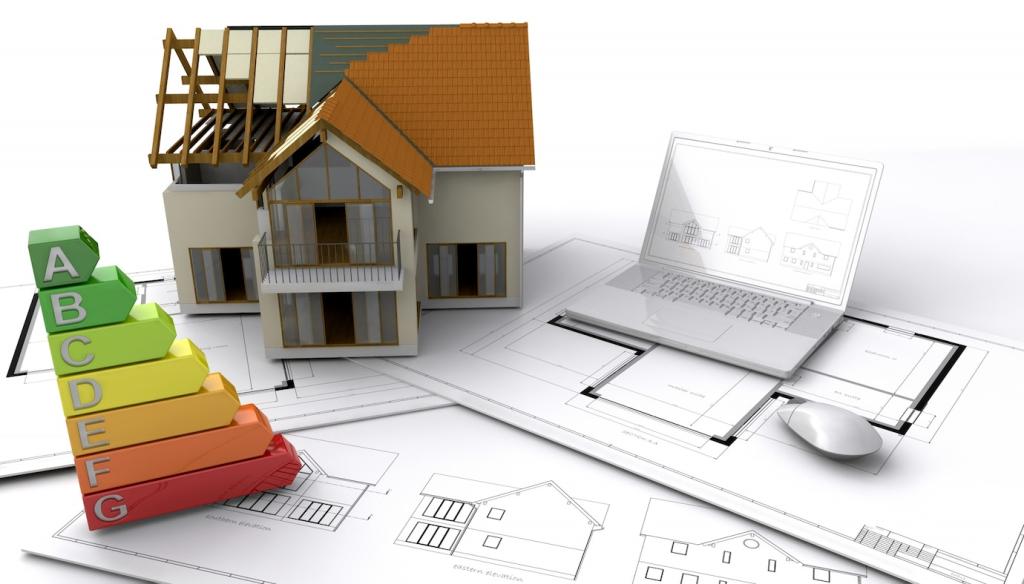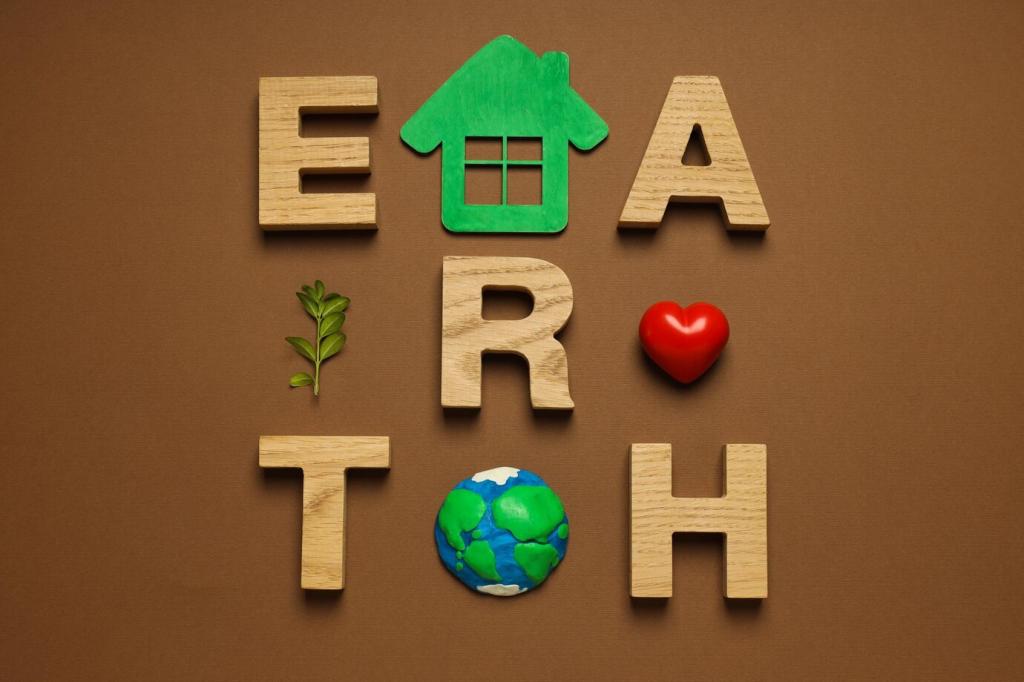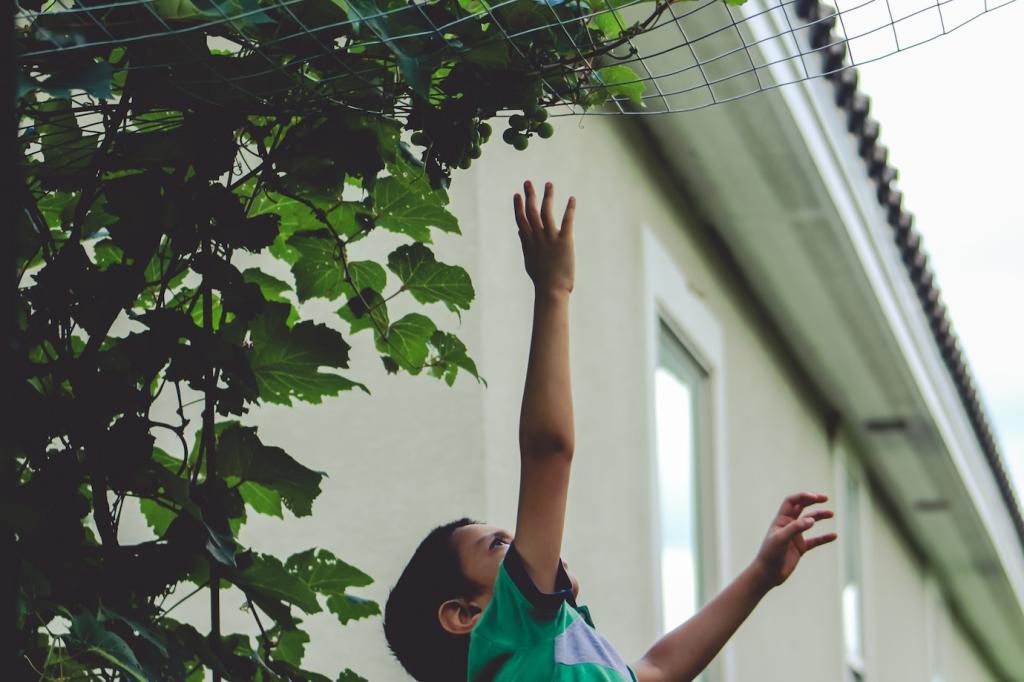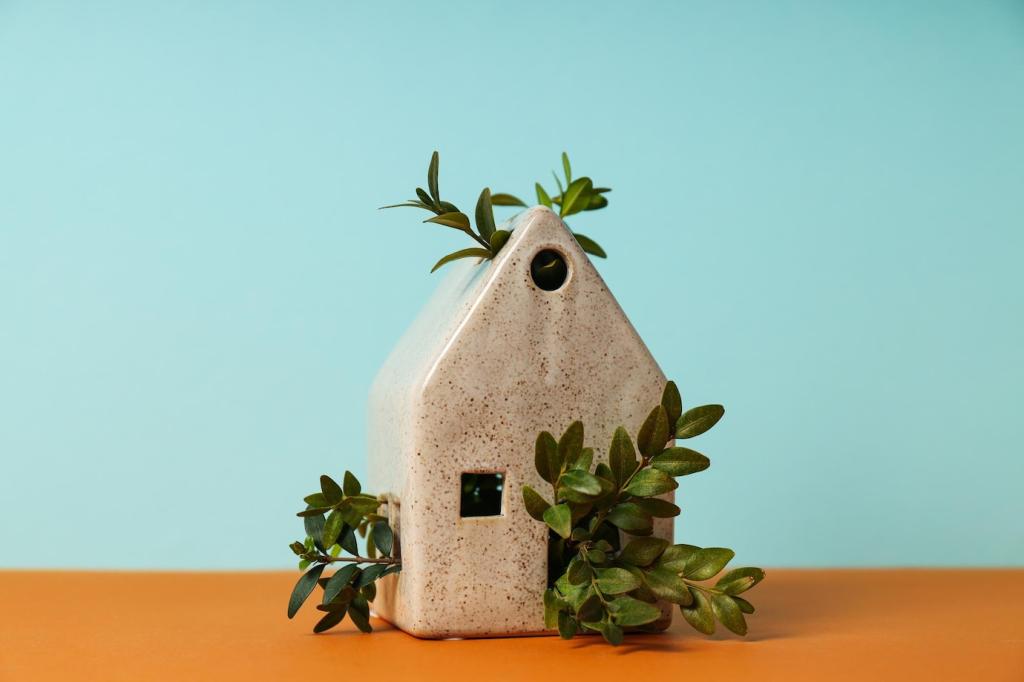Healthy Indoor Air: Finishes, Adhesives, and Testing
Modern waterborne polyurethanes and plant-based oils deliver strong protection with fewer fumes. They cure quickly, resist yellowing, and are available in matte to gloss. Always ventilate well, and confirm VOC content on technical sheets rather than relying on labels.
Healthy Indoor Air: Finishes, Adhesives, and Testing
Adhesives can hide problematic solvents. Choose low- or zero-VOC options, consider nail-down or click systems when suitable, and verify compatibility to prevent failure. Ask installers to provide safety data sheets so your home’s health claims stand on documented evidence.

